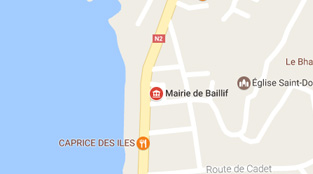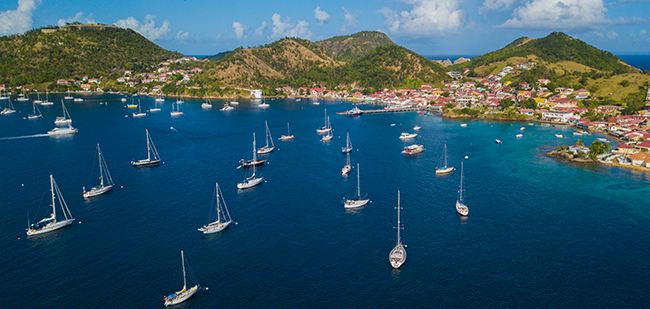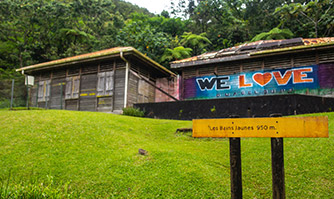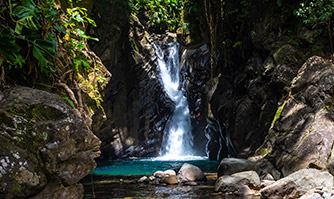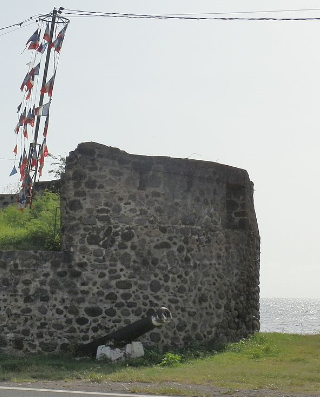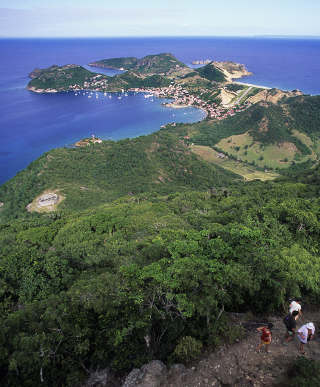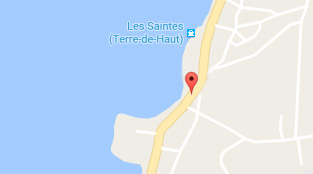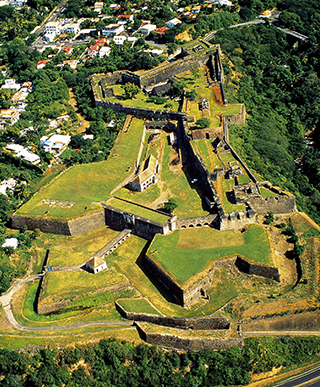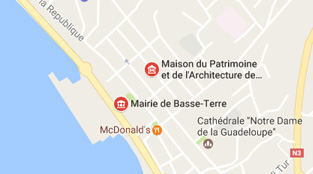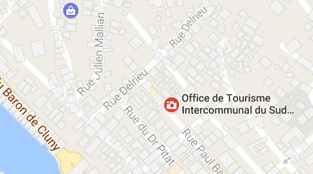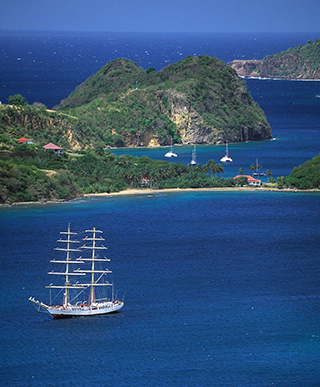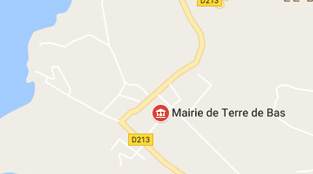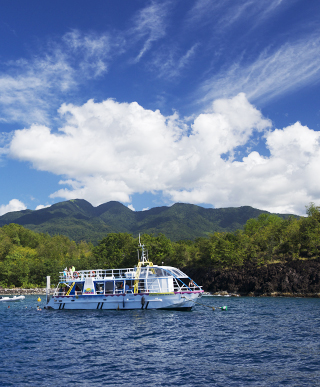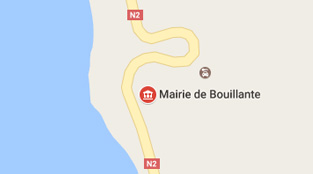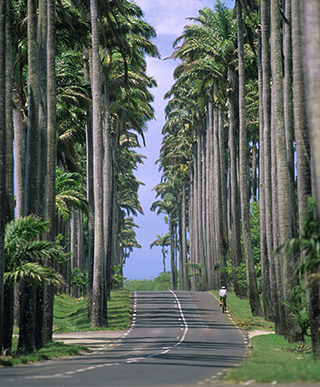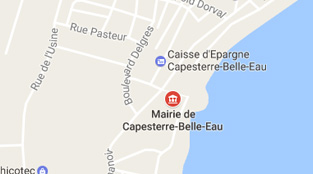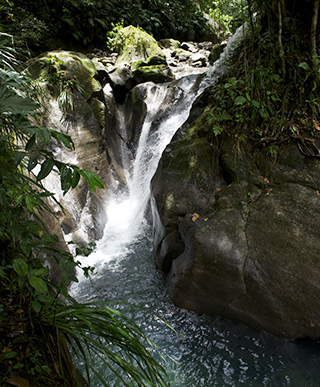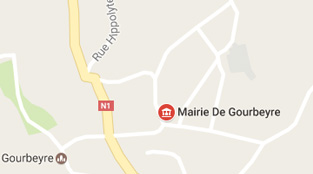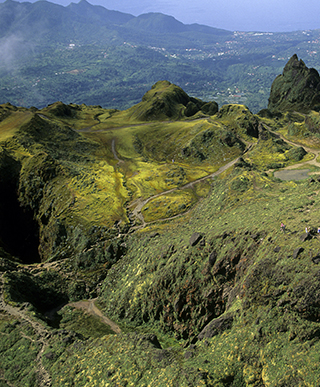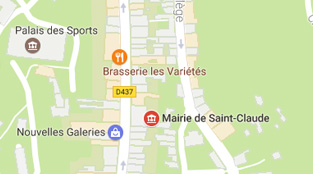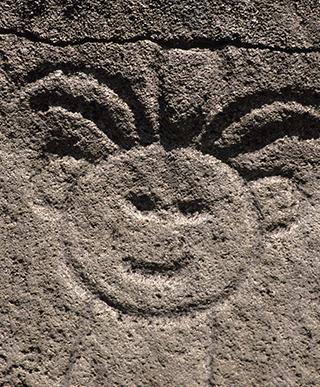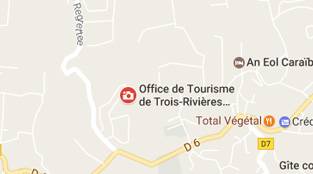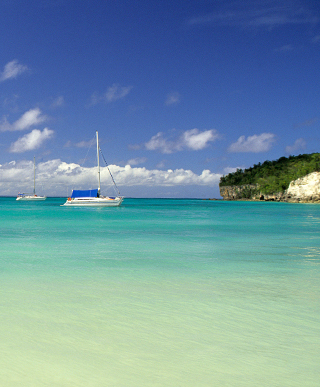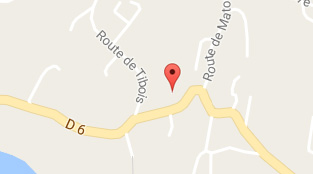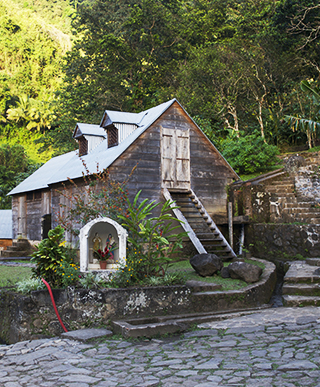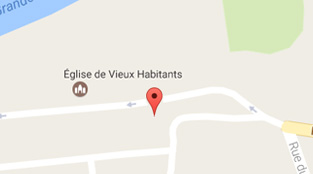Bouillante – Guadeloupe’s center for scuba diving, big-game fishing and tourism on the leeward coast – is one of the oldest communities in the archipelago. Named for its hot springs, Bouillante offers some serious attractions for tourists!
It’s world-renowned for the Cousteau Reserve, the deep-sea diving site off Pigeon Islet, as well as for the bay of Anse à la Barque, long-time home to buccaneers and considered one of the safest places in Guadeloupe during a hurricane. Still largely undeveloped, the bay will entrance you with its natural charm, what with its lush green mountains and deep blue sea!
Bouillante is also the site of a geothermal power plant showcasing French technology, along with the Parc Zoologique des Mamelles, truly a modern-day Noah’s ark that is home to some 85 animal species from the Caribbean and Guyana.
You can also visit its church, which dates from 1827 and was built with the financial support of local landowners, who at that time were raising crops ranging from coffee and cocoa to vanilla, cotton and tobacco.
